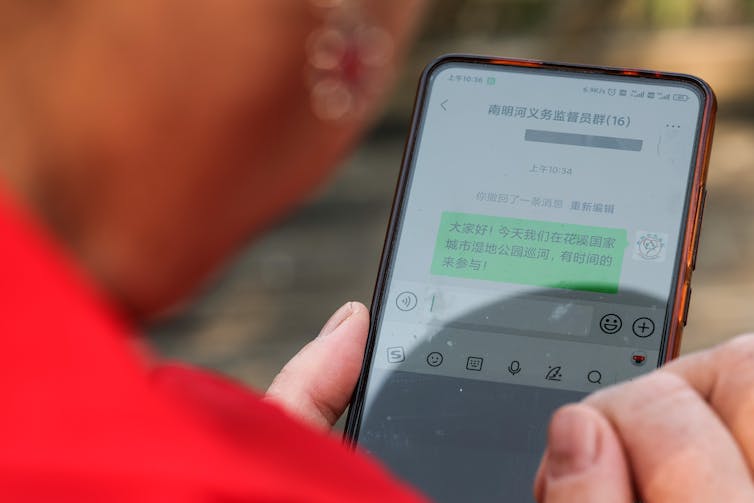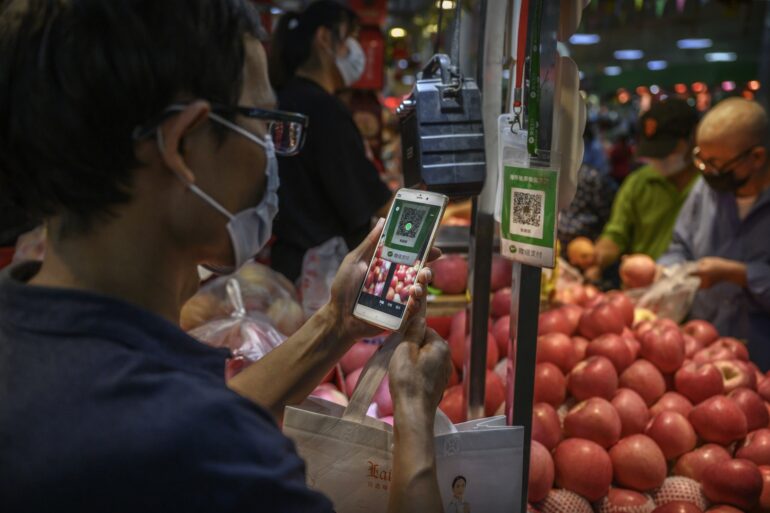Elon Musk’s vision of Twitter, now rebranded as X, as an
“everything app” is no secret. When the X logo replaced Twitter’s blue bird, the internet buzzed with heated discussions about just what it would mean for X to be an everything app.
Musk promoted his super app project by referring to the Chinese all-in-one app WeChat. But for many American users unfamiliar with WeChat, a train of questions followed. What’s it like to use WeChat? How has WeChat become “everything” in China? Would it be possible to replicate the app’s success in the U.S.?
I’m a Chinese digital media scholar, and I’ve used WeChat since 2012. But, in contrast to Musk’s enthusiasm, I don’t think WeChat is something to write home about. I believe it’s ordinary rather than special, lacking distinctive features compared with the other popular apps I studied for my current book project about Chinese touchscreen media.
WeChat’s inconspicuousness on my phone screen is no accident. Although WeChat is an everything app in the sense of being a digital hub for over a billion users, the app’s design is intentionally grounded in a more nuanced and philosophical meaning of the word “everything” than you might expect.
WeChat is an all-inclusive media ecosystem
Launched in 2011, WeChat has become an all-in-one app that offers services covering most aspects of everyday life, from instant messaging and mobile payments to photo- and video-sharing social networking. It has become a staple of daily activities for 1.3 billion Chinese mobile users.
WeChat is also the app that China-bound travelers can download if they want to install only one app. WeChat can help you fill out customs declaration forms, call a taxi, pay for your hotel room and order food. Without WeChat, a traveler in China would be like a fish out of water, since everything in China now runs through smartphone screens and mobile payment platforms.

A smartphone displays WeChat’s group-messaging function.
Ou Dongqu/Xinhua via Getty Images
In this sense, WeChat is indeed an everything app. Its “everythingness” refers to its near omnipresence and omnipotence in everyday life. The app creates an all-encompassing and ever-expanding media ecosystem that influences users’ daily activities. It forms a gigantic digital hub that, as German philosopher and media theorist Peter Sloterdijk once described, “has drawn inwards everything that was once on the outside.”
This “everythingness” leaves little room for rival companies to achieve similar dominance and turns every tap or swipe on a user’s smartphone into something a big tech company can profit from. This dream of an internet empire is perhaps what is so enticing for tech leaders like Musk.
A counterintuitive design philosophy
Despite WeChat’s status as an everything app, it’s one of the least notable and attractive apps on my smartphone. WeChat rarely changes its logo to…



